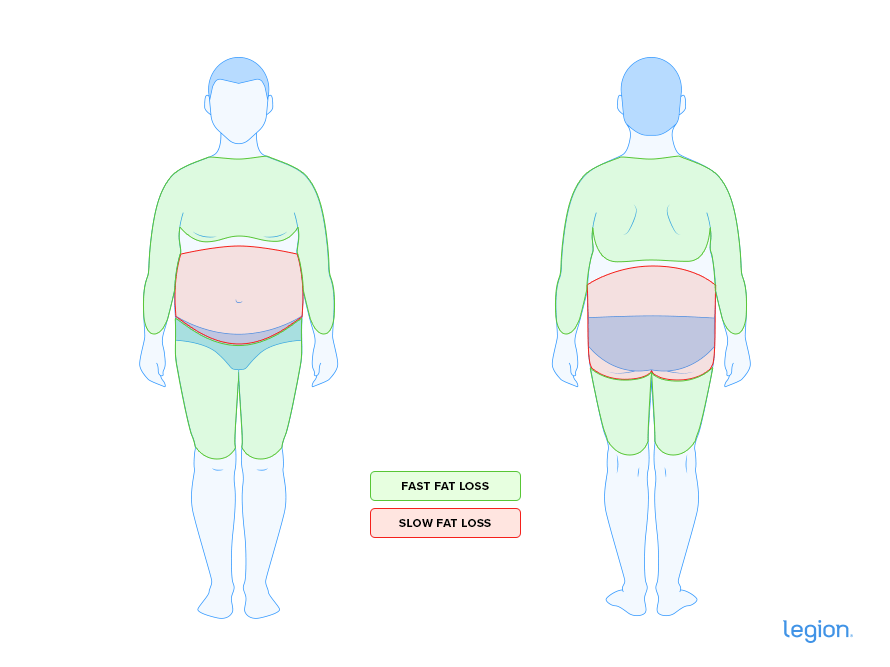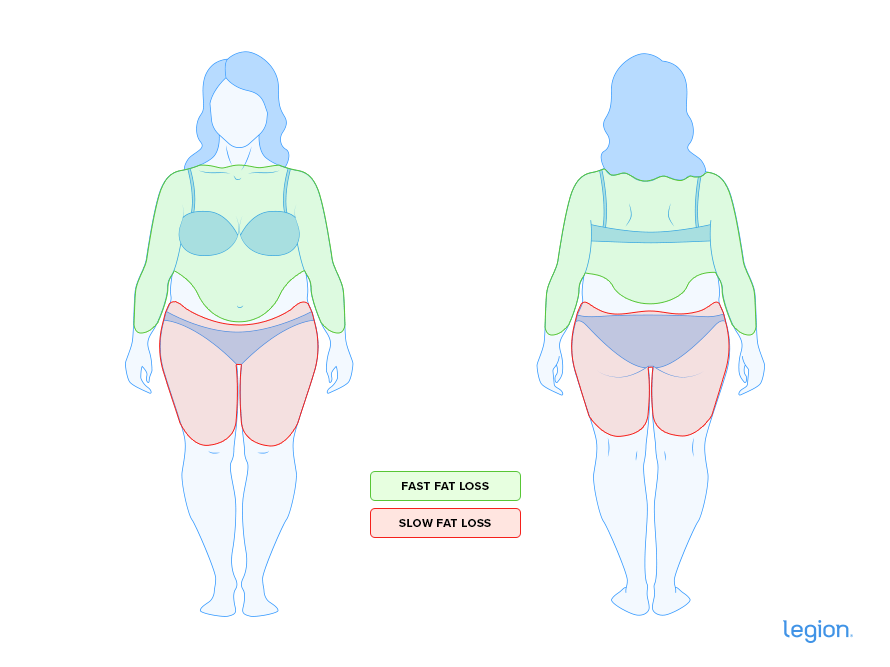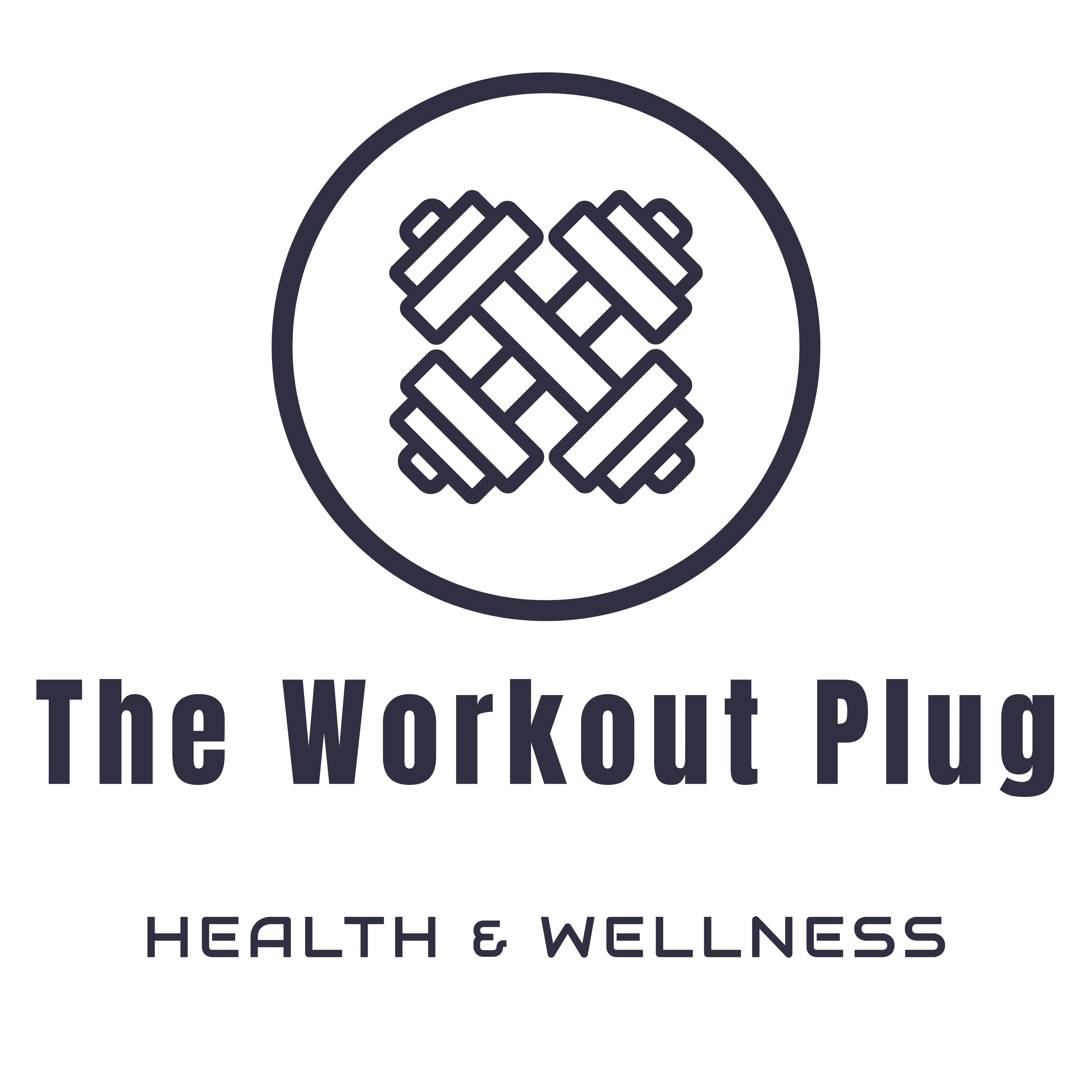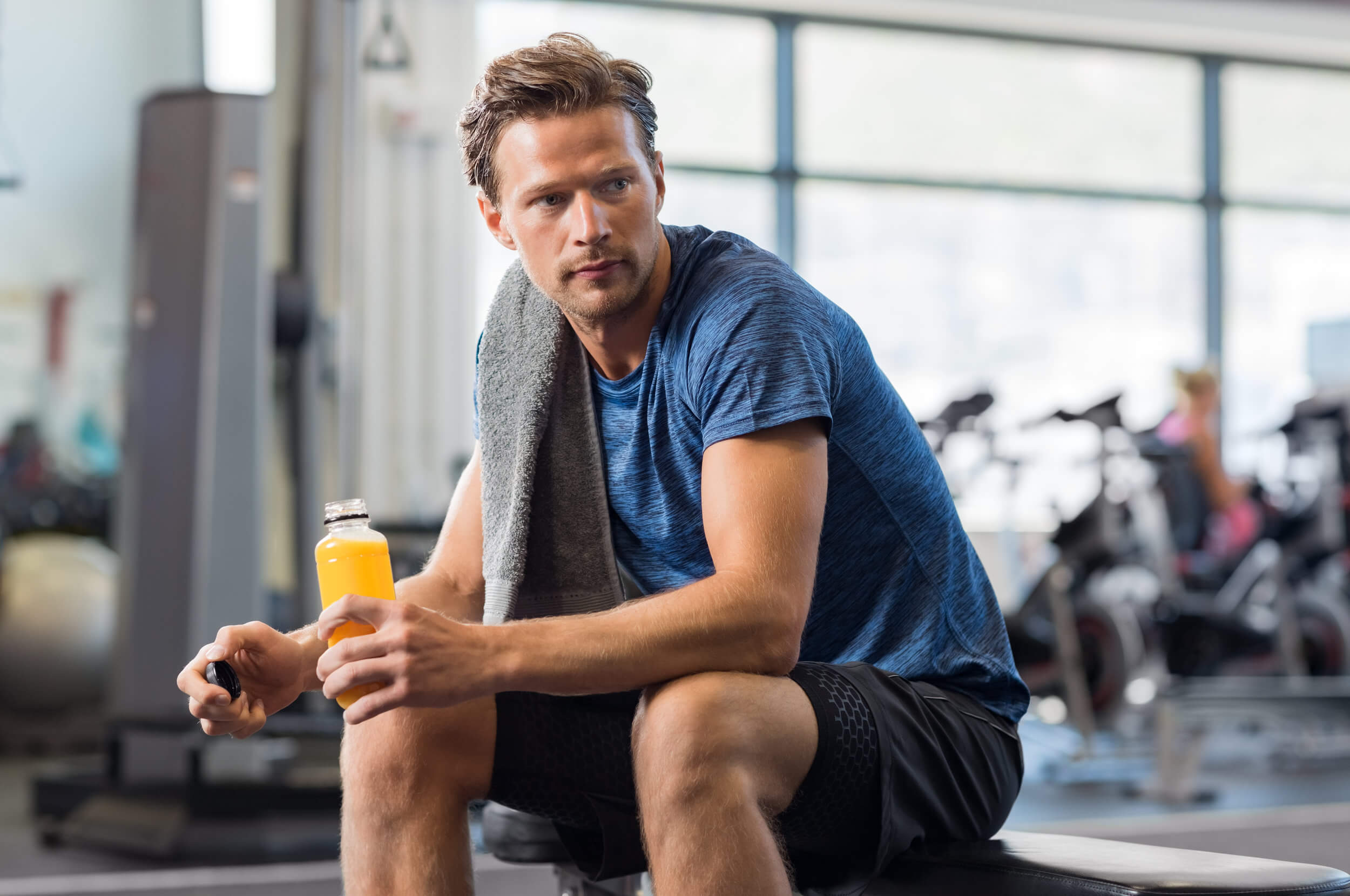Most FAQ beginners ask when they start working out. The ultimate beginner’s guide to working out!
How do I lose Weight?
This is by far the most frequently asked question when you start working out. Most people start working out because they want to lose weight or have that beach body they dream of. The answer to this is actually extremely simple, eat at a calorie deficit. Eating at a calorie deficit means that the calories you intake are less than the calories you burn. But I do want to caution that the foods you eat also have a significant impact on your metabolism. Your hormone profile essentially dictates how your body functions. If you eat healthier foods like fruits, vegetables, or lean protein, your body processes that better than if you eat foods high in saturated fats, high in sodium, or very processed foods.
Calorie deficits can be calculated in a couple of ways:
– You can calculate your maintenance calories with a calculator like this, maintenance calorie calculator. All you have to input is your age, weight, height, gender, and activity level. After you input the required fields, just subtract 250-500 calories a day from that number (0.5-1 lbs per week) (3500 calories per lb).
Example: Maintenance calorie 3500 – 500 calories = 3000 calories to consume per day.
– Another way is to just add up an average day’s worth of food and then subtract 250-500 calories from that. (0.5-1 lbs per week) (3500 calories per lb).
Example: Total calories from all foods 3340 – 500 calories = 2840 calories to consume per day.
*Important to note: You also should factor in the number of calories burnt from working out.
Here is an article that showcases our top 3 exercises for burning calories:
Best Fat Loss Workouts | Simple & Effective
How do I lose weight in ___ area?
Unfortunately, it is impossible to lose weight ONLY in a specific area of your body. Fat loss around your body is determined by genetics and gender.
Below are images of both male and female bodies to illustrate the point above:


How do I gain muscle?
It is a combination of progressive overload, consuming enough protein (macros in general), and patience. Progressive overload means that over time you need to either increase reps or weight in order to get stronger. Let’s say, Timmy goes to the gym and only benches 135 pounds (61kg) for 5 reps and 5 sets every day for the past 3 months, he isn’t going to get stronger. He needs to amp up the weight in order to break down his muscle fibers. Sure, he is going to burn calories working out, but he is not gaining strength. Try to have an increase of 2.5-5 pounds (1-2 kg) per week on compound exercises.
Please also practice good form when exercising. Do not sacrifice your form for heavier lifts. If you can not lift the weight with proper form, then it is too heavy for you.
If you are just starting your weight lifting journey, think of building muscle like this; every time you go workout, you add 1 to your total, and you start at 1. So the first week of working out, you add 1. And 1 + 1 = 2, so that’s a 100% increase. But in 9 weeks, your total is 10. A jump from 9 to 10 is only about an 11% increase.
The purpose of the above paragraph is to help you understand that in the beginning, you will see a lot of progress, but over time that progress slows down and is barely noticeable. People like to call this phenomenon, beginners gains.
Is it possible to lose fat and build muscle at the same time?
Yes, as long as you continue to work out and eat the right foods, especially protein, you will lose fat and gain muscle.
How should I structure my workouts?
It really depends on what your goal is. But the average person wants to lose fat and gain muscle. For that, they should focus on working out their whole body with compound exercises. Compound exercises refer to working out more than one major body part at a time. Examples of compound exercises are bench press, squats, deadlifts, rows, etc.
When you start your workout, you should also begin with compound exercises and work your way into more isolated exercises like curls, tricep extensions, shoulder press, etc.
Normally, people like to split their workout into push, pull legs (PPL). This means every day is sectioned into either pushing, pulling, or legs.
Examples of Push, Pull, and Leg body parts include:
Push – Chest, Triceps, Front / Upper Deltoids
Pull – Back, Biceps, Rear Deltoids
Leg – Quadriceps, Hamstrings, Calves
Examples of Push, Pull, and Leg exercises include:
Push – Bench, Push-ups, Chest Press, Flys, Tricep Extensions, Skull Crushers, Shoulder Press, Arnold Press
Pull – Vertical Lat pulls, Pull-ups, Horizontal lat pulls, Bicep Curls, Hammer Curls, Preacher Curls
Leg – Squat, Dumbbell Squat, Leg extensions, Calve raises, Leg Press, Hamstring Curls
On average, you should work out 4-5 times a week for the best results. Each session should be around 45-60 minutes on average.
What am I supposed to be eating?
Depending on your goals, your diet varies. If you want to gain weight/ muscle, then you should consume a surplus amount of calories. If your goal is to lose weight, then you should eat at a deficit.
It is recommended to eat as natural as possible, meaning the less processed the food the better. Foods like grilled chicken breast, steamed broccoli, pan-fried vegetables, or sweet potatoes are good choices as healthy options.
You should stay away from foods with high sodium, high saturated fats, preserved foods, and extremely processed foods.
It is also recommended to consume 1 gram of protein per pound of lean body weight per day in order to help your body rebuild the broken down muscle. Protein powder like this from 5 Star Nutrition helps with hitting your protein goals for the day. You should also consume protein during the “Golden Hour”. The Golden Hour is the hour after you work out and consuming protein as soon as possible helps with muscle synthesis,
Lastly, drinking 2-3 liters of water a day helps with satiation and keeps the body refreshed. Drinking water tricks the mind into thinking you are full, so if you are on a calorie deficit diet, drinking water helps with cravings.
Is Stretching Important?
Yes, over time, your muscles will clump up from rebuilding themselves over and over again. This is known as knots in your muscle. Stretching helps alleviate that tension within, but it doesn’t negate all the knots.
There are two different types of stretching you should do, Static and Elastic stretches.
You should do Elastic Stretches BEFORE the workout and Static Stretches AFTER the workout.
Think of it like this. Elastic Stretches are like rubber bands. If you stretch a rubber band it goes back into place. Static Stretches are like pulling on a piece of chewing gum, after you pull on it, it doesn’t bounce back like a rubber band. If you do static stretches before a workout, then your muscles won’t be able to handle their maximum load.
Is Warming Up Important?
Yes, warming up helps with blood flow to your muscles to activate your muscles properly. You should be moving your muscle, in the same manner, you are doing your workout.
For example, when you warm up for a bench press, you should start with a lighter weight and go up from there until you reach your working weight.

